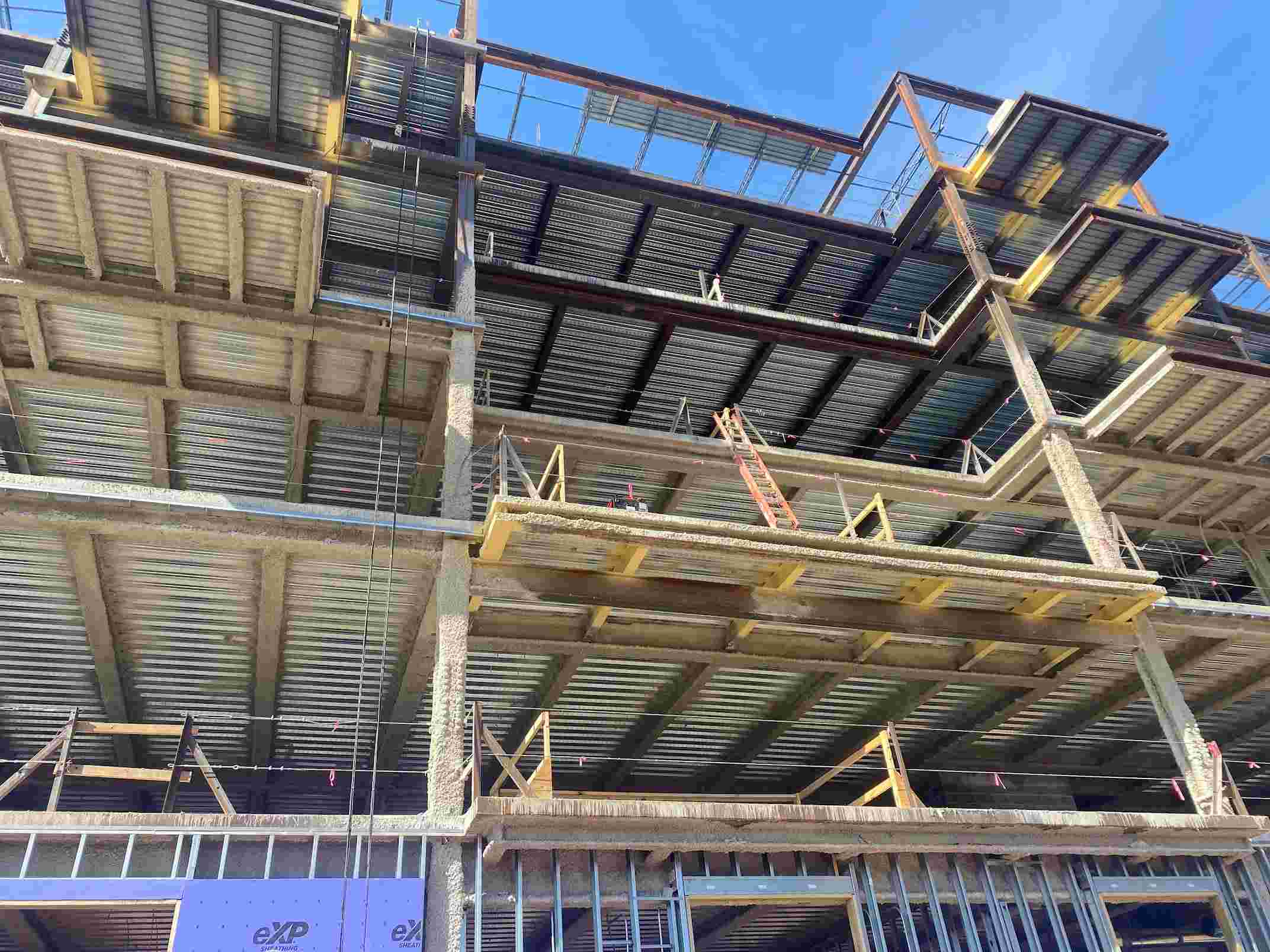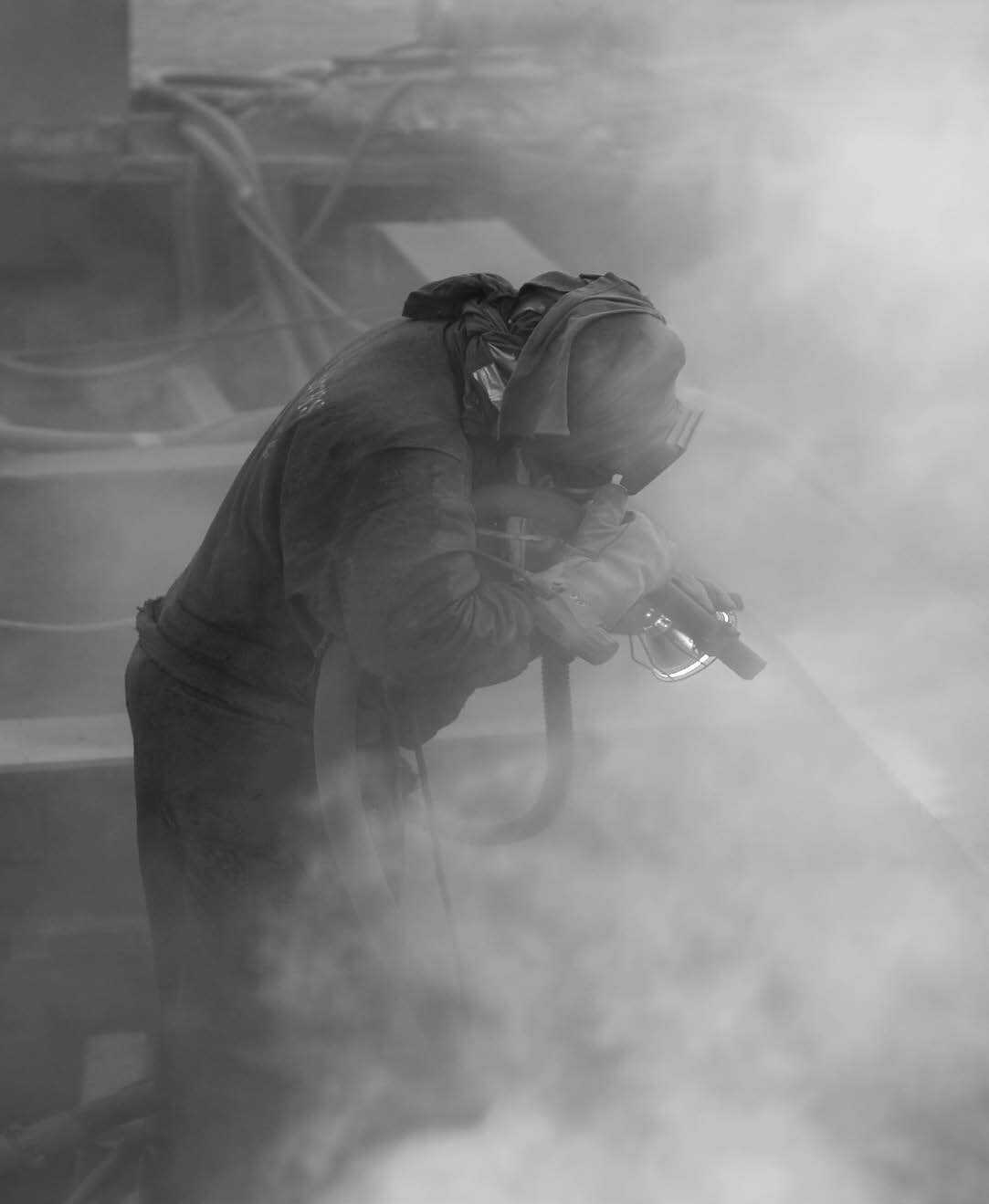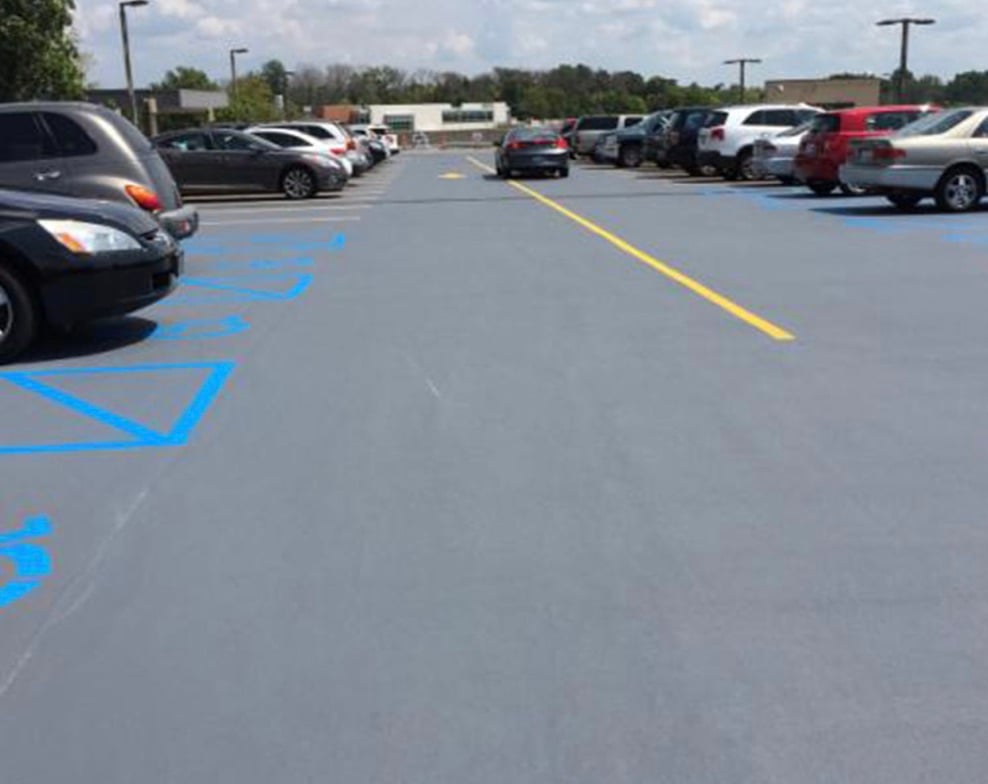
Thermal bridging – a common problem for architects designing with exterior-exposed elements in mind
When architects dream up bold designs featuring exposed steel beams, dramatic canopies, or striking structural elements, they often face a persistent nemesis: thermal bridging.
- High Performance Coatings
Aerolon can help architects and engineers, using less bolted connections to transform the aesthetics of an exterior structure or curtain wall.
Thermal Bridging is a Common Problem for Designers, Especially for Complex Architectural Designs
When architects dream up bold designs featuring exposed steel beams, dramatic canopies, or striking structural elements, they often face a persistent nemesis: thermal bridging. This phenomenon, where heat transfers through building materials from exterior to interior, has long forced designers to compromise their vision or resort to complex engineering workarounds. But what if there was a simpler way?
The Hidden Problem in Modern Architecture
Thermal bridging might not be visible to the naked eye, but its effects certainly are. Picture this: condensation streaming down interior walls, energy bills climbing month after month, and in worst-case scenarios, mold growth threatening both building integrity and occupant health. These issues stem from materials like steel and concrete acting as thermal highways, conducting outdoor temperatures directly into indoor spaces.
Traditional solutions have required architects to literally break their designs—inserting physical separators between exterior and interior elements. While effective, these thermal break pads and similar products often add complexity, cost, and constraints to the design process.
A Fluid Solution to a Solid Problem
The game changed when fluid-applied thermal break coatings entered the scene. These innovative products, infused with advanced aerogel particles, offer architects a new toolkit for combating thermal bridging without sacrificing design integrity.
Think of these coatings as invisible shields. When applied to structural elements, they create a barrier that dramatically reduces heat transfer while maintaining the clean lines and exposed aesthetics that modern architecture demands.
The science is impressive: independent testing has shown that aluminum window frames treated with aerogel-infused coatings can see surface temperatures rise from a chilly 47°F to a comfortable 68°F in high-humidity environments with sub-freezing outdoor conditions. By keeping surfaces above the dew point, condensation simply doesn't form.
Real-World Success Stories

Theory is one thing, but practical application tells the true story. Across the northeastern United States, from bustling Boston to the heartland of Minnesota, these advanced coatings have proven their worth in challenging climates.
Consider a recent university project in Pennsylvania, where architects initially specified traditional thermal break pads for a new student union building. After careful evaluation, the design team pivoted to a fluid-applied solution, recognizing the potential for both performance improvements and cost savings.
The application process was remarkably straightforward. Steel beams destined for the building's canopy were treated in-shop with a specialized coating system: first, a moisture-cured primer (Tnemec Series 394) for corrosion protection, followed by the thermal break coating (Tnemec Series 971, Aerolon) applied to the optimal thickness. Minor field touch-ups completed the process, delivering a seamless solution that met both thermal and aesthetic requirements.
Beyond Thermal Performance
While thermal bridging mitigation is the primary goal, these advanced coatings deliver additional benefits that savvy architects and engineers are beginning to recognize:
Corrosion Protection: When paired with appropriate primers, these systems provide enhanced protection against rust and deterioration, addressing the common problem of corrosion under insulation.
Mold Prevention: By maintaining warmer interior surface temperatures on structural elements, these coatings help prevent the moisture accumulation that leads to mold growth.
Sustainability Benefits: Most fluid-applied thermal break coatings are water-based and low in volatile organic compounds (VOCs), supporting green building initiatives and potentially contributing to LEED certification points.
Design Freedom: Perhaps most importantly, these solutions allow architects to return to designing with traditional methods—exposed steel, bold cantilevers, dramatic overhangs—without the thermal penalties that once made such features problematic.
The Application Advantage
One of the most compelling aspects of fluid-applied thermal break coatings is their versatility in application. Unlike rigid thermal break systems that must be precisely engineered and installed, these coatings can be spray-applied using standard texture pumps, either in controlled shop environments or on-site as conditions require.
This flexibility translates to real project benefits: reduced coordination complexity, lower installation costs, and the ability to address thermal bridging issues even in retrofit scenarios where traditional solutions might prove impractical.
Looking Forward
As the construction industry continues to grapple with rising energy costs and increasingly stringent building codes, innovative solutions like fluid-applied thermal break coatings represent a significant step forward. They offer architects the freedom to design without compromise while providing building owners with the energy performance they demand.
The technology isn't just theoretical—it's proven, practical, and ready for widespread adoption. For design professionals tired of engineering around thermal bridging problems, these advanced coatings offer a path back to design-focused solutions.
In an industry where form and function must work in harmony, fluid-applied thermal break coatings are helping architects achieve both without compromise. The thermal bridge that once constrained design possibilities is finally being broken—not with hammers and separators, but with innovative chemistry and smart application techniques.
For architects and engineers interested in exploring thermal break coating solutions, detailed application guides and technical specifications, reach out to us here, we can help!
LET OUR KNOWLEDGE AND EXPERTISE HELP ENSURE YOUR NEXT PROJECT IS SUCCESSFUL

Exploring High Performance Coatings for Offshore...
Offshore and marine structures face relentless...

Choosing Surface Preparation Standards
The efficacy of any coating system begins with...

How to choose the right traffic coating
Traffic coatings are selected for a multitude of...